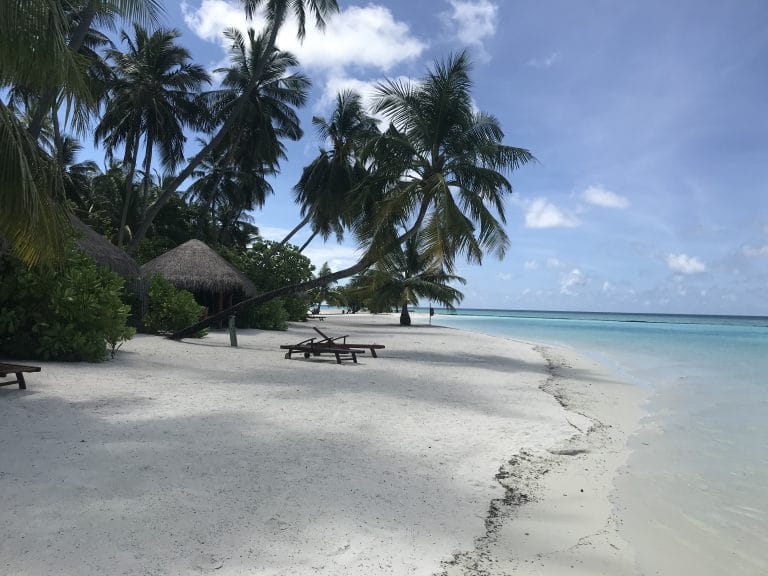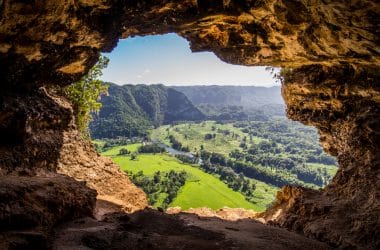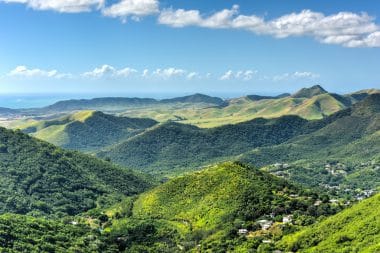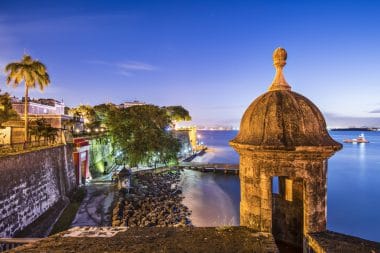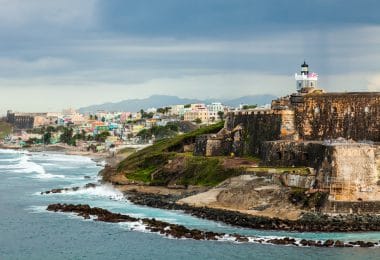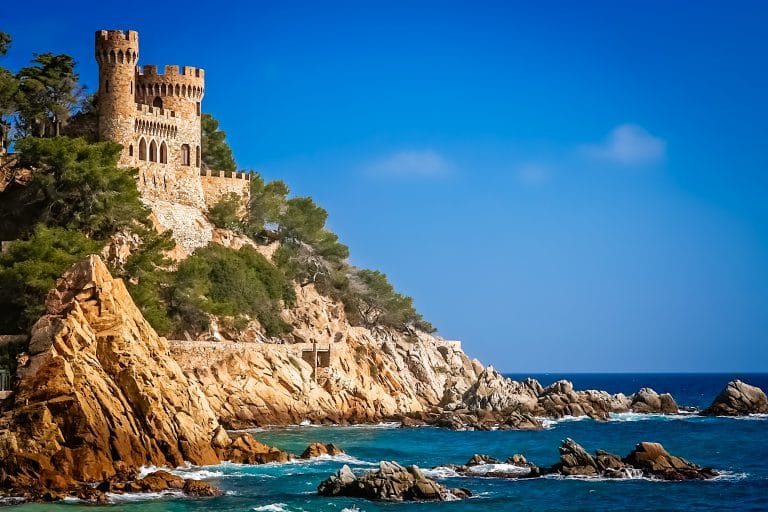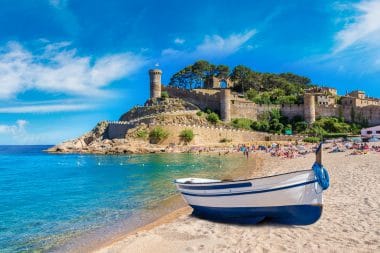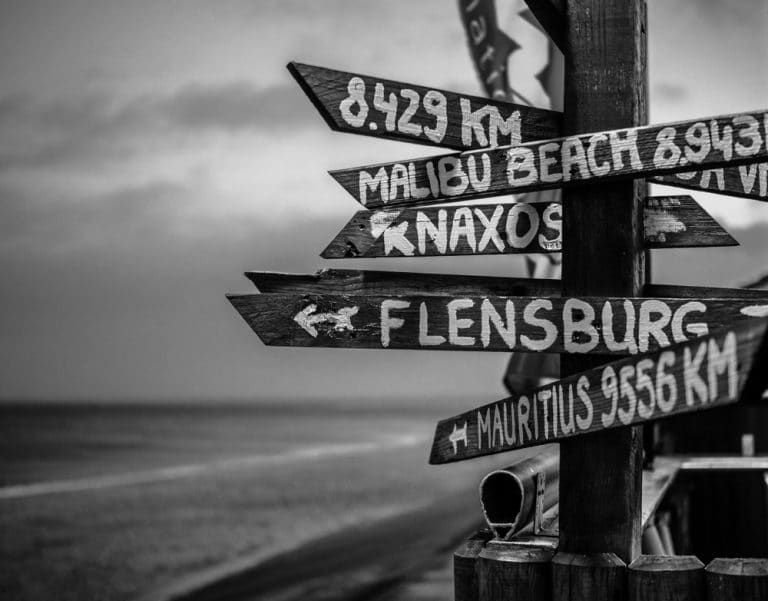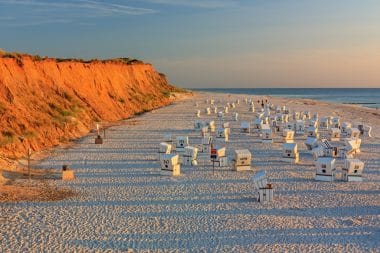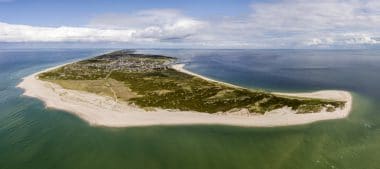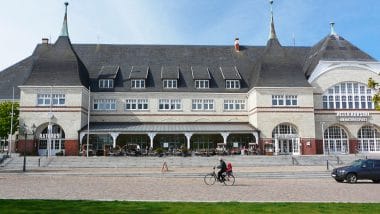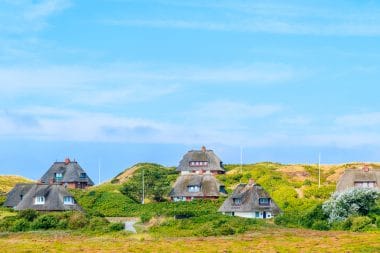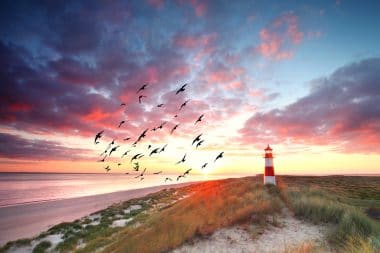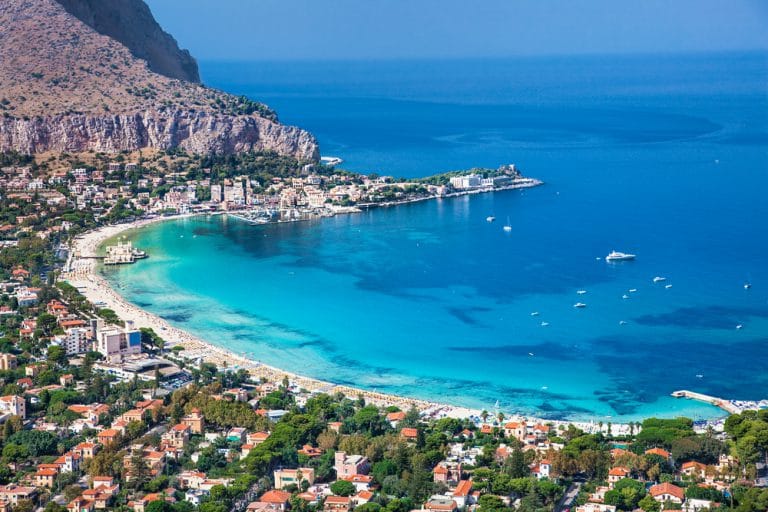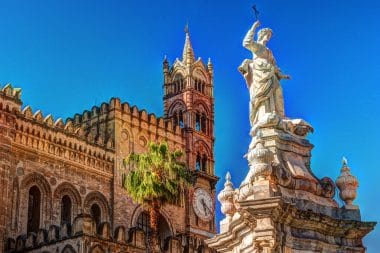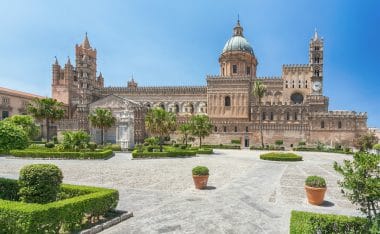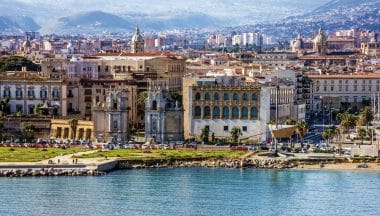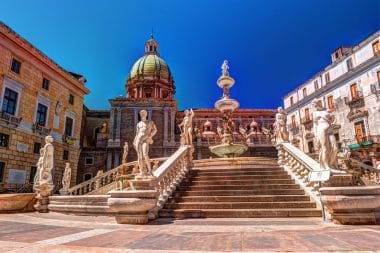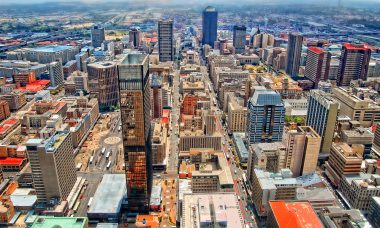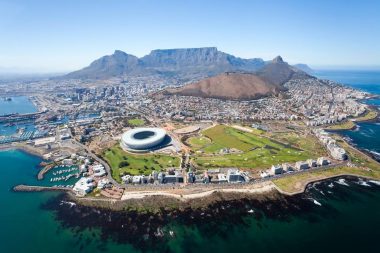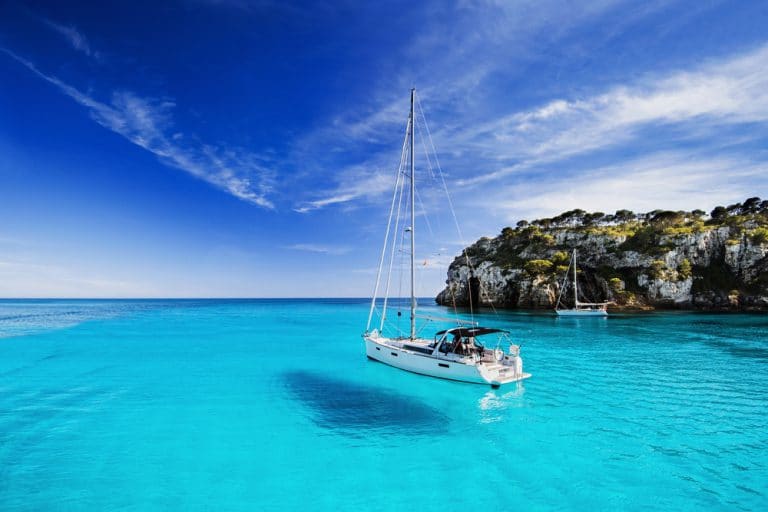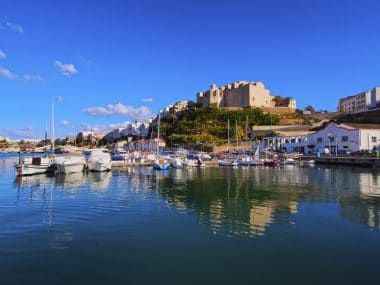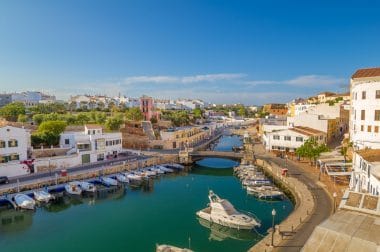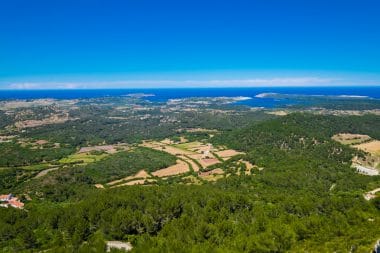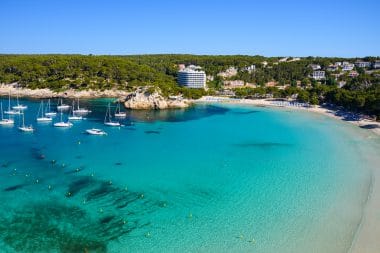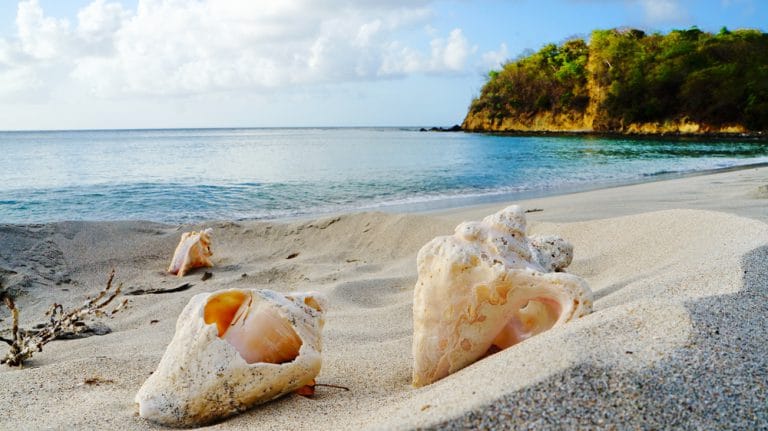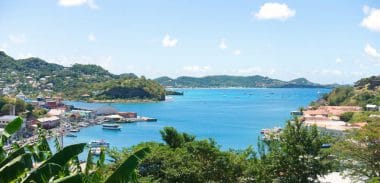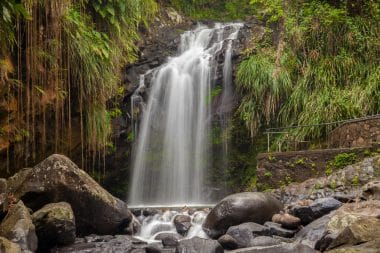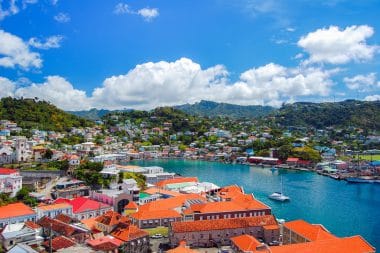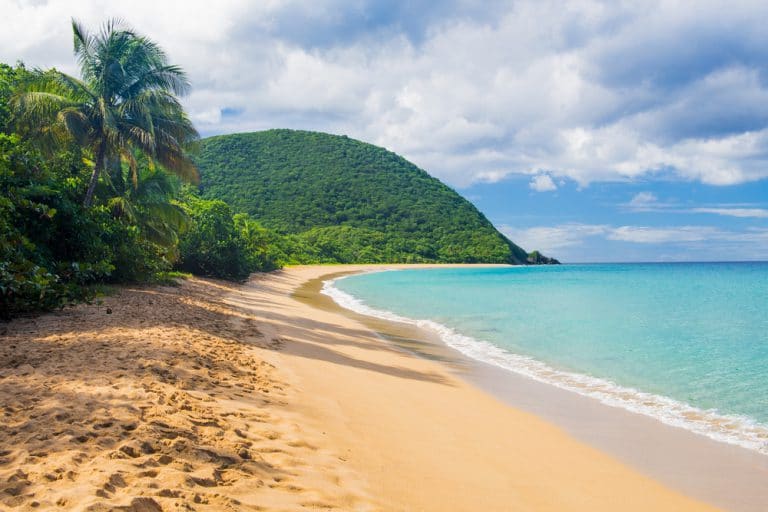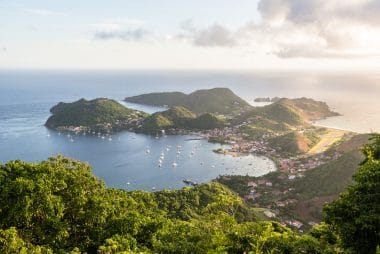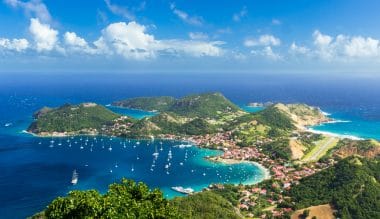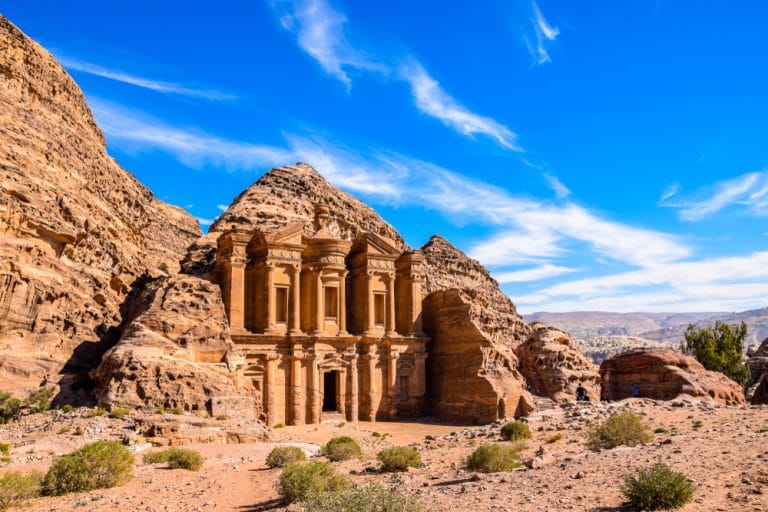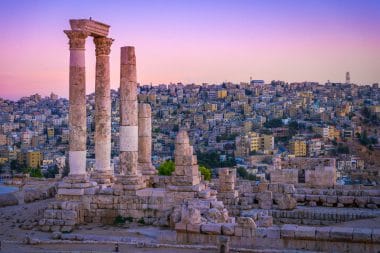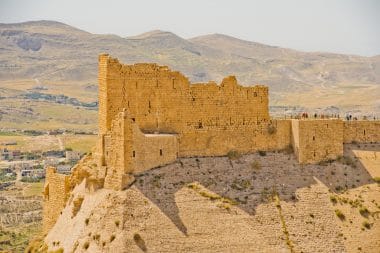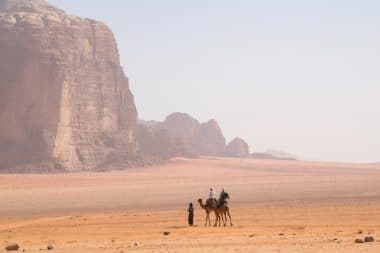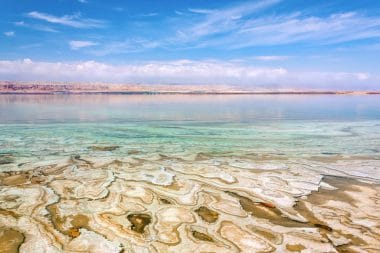For a long time we had the desire to spend our vacation in the Maldives . Since our son will start school this year, we took the opportunity to fly for the last time outside the holidays on summer vacation.
Of course, the question arose when planning the trip: Are the Maldives the right destination for our two small children (6 & 3 years old) and is the long flight time not too exhausting for our children.
Why choose a holiday in the Maldives with children
If you think about what is important for the children on holiday, you quickly end up with the following points, among others:
- Swimming Pool
- Beach
- Sea
- Be quiet
- Spending time with parents
All of this is offered to children in the Maldives. If you then find out about the individual tourist islands in advance, you will find a large number of islands with special additional offers for children such as a children’s club and children’s disco. However, my children did not take advantage of this at all. The pool and the pleasantly warm (not hot) beach were too tempting.
Why not go on holiday to the Maldives with children
Spontaneously, it is difficult for me to find points against a Maldives vacation with the little ones. I try to take off the rose-colored glasses and come to the following points
- Long flight time
- No “special” excursions at the holiday destination
- Possibly less choice in food
One thing is clear. The flight time is very long at just under 10 hours (direct flight from Frankfurt) or about 14 hours with a change in Dubai or Abu Dhabi . In addition, after arrival in Male, there is the onward transfer by seaplane or speedboat. We have already decided in advance that our children will be able to use the entertainment program on board, at least for a while. Our arrival and departure was completely unproblematic and the children were quiet. They simply slept through most of the flight, including a transfer in Dubai, so that they were halfway fresh when they landed at 8 a.m. local time in the morning.

Excursions on site are honestly in short supply. Of course, the resorts offer day trips. For example, to neighboring islands or dolphin watching. For adults, a wide range of diving trips. We have renounced these excursions. The dolphin family swam a few meters past our terrace every evening anyway.
My children are very critical when it comes to food. Which is why the topic of nutrition was mainly about pasta for 14 days. If the children are not so fussy, you will be offered a decent selection in the higher-quality resorts – even for toddlers. Nevertheless, you should try in advance whether the chosen food is not too spicy.
The climate in the Maldives
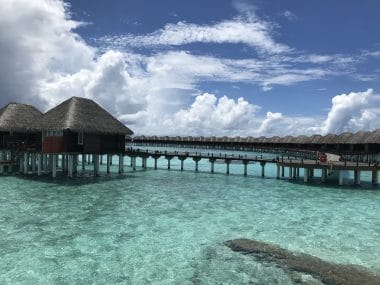
While we in Germany slowly but surely have to get used to new record temperatures every year, the Maldives consistently offer temperatures around thirty degrees. Admittedly, with very high humidity. However, since we drove in the official rainy season, it was often cloudy. Which we personally found very pleasant, even if you still have to protect the children with sunscreen and UV shirts throughout.
A note on the subject of sunscreens: When buying, look for “reef and coral-friendly” sunscreen. Conventional sunscreen damages the sensitive corals.
Speaking of the rainy season: Weather apps and weather forecasts almost stopped us from traveling to the Maldives at the end of May / beginning of June. After all, there was talk of the highest amounts of precipitation and many thunderstorms. In total, we only had continuous rain on one of 14 days during the day, so we couldn’t go to the beach or pool. Otherwise, there were only short rain showers in the evening or in the early morning hours. Thus, these months are also a highly recommended travel time for the Maldives. Especially since in the summer months you can also save a little money on the travel price,
Preparing for the Maldives
Passport & Vaccination
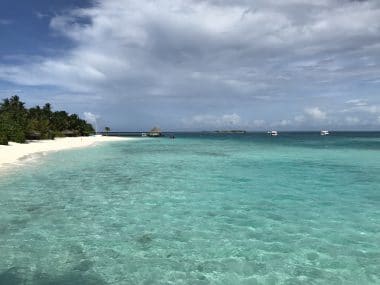
Since we booked only five weeks before the planned travel date, the planning had to be pushed forward quickly. After checking the passports (minimum validity of 6 months), we dealt with the topic of “vaccination”. In general, the following vaccinations are recommended when traveling to the Maldives:
- Tetanus
- Diphtheria
- Hepatitis A + B
- Typhoid
- Measles for all children
Luggage & Toys
After all vaccinations could be carried out in time before the start of the trip, it was time for the luggage. We have taken into account that you only need a few clothes in the Maldives. In the resorts, long trousers are usually not required for dinner, so that you don’t leave a bad impression even with chic shorts. Likewise, you don’t need any additional closed shoes on the barefoot islands, which saves a lot on luggage.
So we filled a suitcase almost exclusively with toys and snorkeling equipment. However, the latter can be rented at any time, usually free of charge, at the hotel. However, we prefer our own equipment.
Not to forget a small first-aid kit (a letter from the doctor must be carried for prescription medication) and sufficient sun protection,
Holidays with children in the Maldives
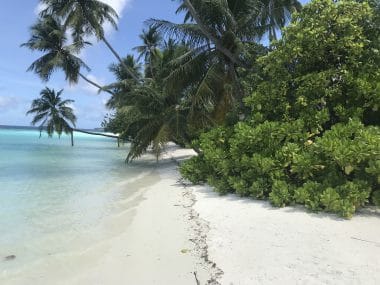
After arriving at the main airport on the airport island near Male, after a very short stay in the lounge of Trans Maldivian Airways (operator of the seaplane fleet), we went by seaplane to our resort, the Sun Aqua Vilu Reef in the South Nilandhe Atoll. After about 45 minutes of flight time, we were picked up at the jetty directly by boat and greeted friendly by the staff.
At check-in, we were given a flower necklace and served fresh coconut water directly from the coconut for refreshment.
So the right holiday feeling came up right away. After just a few minutes, the island’s own parrot lady sat on my shoulder and accompanied me and my family to our spacious bungalow with open bathroom (2 showers + 1 bathtub). Satellite TV, coffee making facilities, daily fresh water and free Wi-Fi were included. We had booked all-inclusive. However, the prices of the minibar were surprisingly moderate at 3 dollars for cola and 4 dollars for a 0.3-liter beer. The room was cleaned twice a day. This seemed a lot to us, but makes sense due to the sand that you drag into the room during the day.
Our beach section was supplemented by our own swing on which all four of us found space. So you could really relax in the shade.
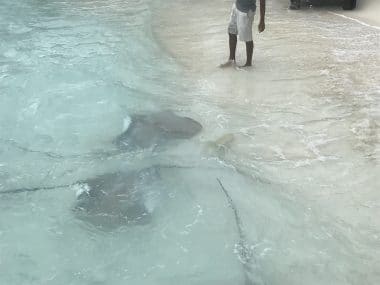
Unfortunately, the following two weeks flew by. Much to the delight of the children, the sand castle retained its shape throughout the holiday. During construction, various crabs supported us with the construction of tunnels and caves.
In general, it can be said that a holiday with children in the Maldives is by no means boring. On the contrary. The children are mostly busy themselves, so that we adults did not miss out on reading and relaxing.
Since each bungalow has its own section of beach, you didn’t have to control your children as strictly as is usually the case on busy beaches. If you take into account the children’s needs in terms of toys and entertainment when planning your trip, nothing stands in the way of an unforgettable holiday with the whole family in an impressive atmosphere.


